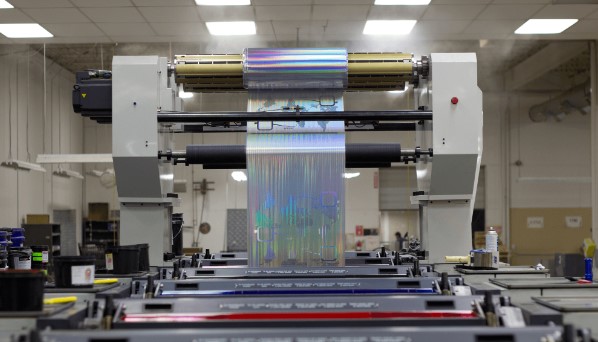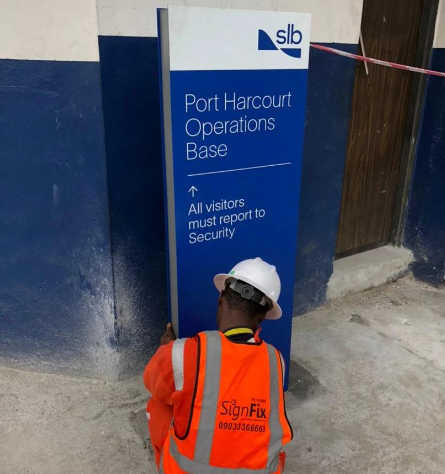

When it comes to signage, businesses have a choice between traditional and digital options. Traditional signage, such as printed signs and billboards, has been a long-standing marketing tool. In contrast, digital signage utilizes technology to display dynamic content. In this blog, we will compare traditional signage and digital signage, exploring their advantages, disadvantages, and helping you choose the right signage solution for your business.
Traditional signage refers to physical signs made of materials like wood, metal, plastic, or vinyl. Here are some key considerations:
Traditional signage provides a tangible presence that customers can interact with physically. They have a classic appeal and are time-tested, ensuring reliability and familiarity. They can be durable and withstand various weather conditions.
Traditional signs can have a strong visual impact. Bold colors, creative designs, and unique shapes can capture attention and create a memorable impression. Traditional signage can also complement the aesthetics of a physical space or blend with the surrounding environment.
Traditional signage can be cost-effective, especially for small businesses or those with a limited budget. They often require a one-time investment, and maintenance costs are usually minimal. Additionally, traditional signage doesn’t rely on electricity or ongoing technical support, reducing operational expenses.
One drawback of traditional signage is the limited ability to update content. Once printed, changes to the messaging or design require new physical signs. This makes it less flexible for rapidly changing promotions, events, or dynamic content needs.
Digital signage employs electronic displays to showcase dynamic content. Here are the advantages and considerations associated with digital signage:
Digital signage allows for dynamic content updates, enabling businesses to showcase real-time information, promotions, and engaging multimedia content. Interactive features, like touchscreens, encourage customer engagement and provide a personalized experience.
Digital signage offers the ability to tailor messages to specific times, locations, or customer demographics. Content can be scheduled or changed remotely, making it easy to deliver targeted messages that are relevant and timely.
Digital signage allows businesses to display a wide range of content formats, including videos, animations, images, and text. This versatility allows for creative and captivating displays that capture attention and communicate information effectively.
Digital signage typically requires a higher initial investment due to the cost of screens, hardware, and software. Ongoing maintenance, content creation, and technical support are also necessary. However, advances in technology have made digital signage more accessible and affordable than in the past.
Digital signage relies on technology, which can introduce complexities and potential points of failure. Technical issues, connectivity problems, or power outages may disrupt the display. Additionally, overly flashy or distracting digital signage may overwhelm or irritate customers if not executed thoughtfully.
To determine the right signage solution for your business, consider the following factors:
Assess your marketing objectives and target audience. Consider whether you need frequent content updates, interactive features, or the ability to target specific messaging. Determine which signage solution aligns best with your goals and audience preferences.
Evaluate your budget, including initial investment and ongoing maintenance costs. Determine if you have the resources to create and manage digital content or if traditional signage better suits your budget and capabilities.
Consider your physical space and how signage will fit within it. Evaluate if digital signage enhances or clashes with the ambiance or if traditional signage harmonizes better with the surroundings.
Assess the frequency and speed at which you need to update or change content. If your business requires frequent updates or real-time information, digital signage offers more flexibility and agility.
Both traditional signage and digital signage have their unique advantages and considerations. Traditional signage offers a tangible and cost-effective solution with strong visual impact, while digital signage provides dynamic and interactive capabilities. Understanding your business goals, target audience, budget, and content requirements will help you make an informed decision. Whether you choose traditional signage, digital signage, or a combination of both, effective signage will contribute to enhancing your brand presence, capturing attention, and engaging customers effectively.

Printing is a vast and ever-evolving industry, offering a multitude

Imagine cruising down a busy highway at night. Streetlights cast

Traditional billboards have long been a staple of outdoor advertising,

Signs are everywhere you look – from eye-catching storefront displays
100% Original products that covered warranty by the vendor.
You have the right to return your orders within 30 days.
Your orders are shipped seamlessly between countries.
Your payments are secure with our private security network.